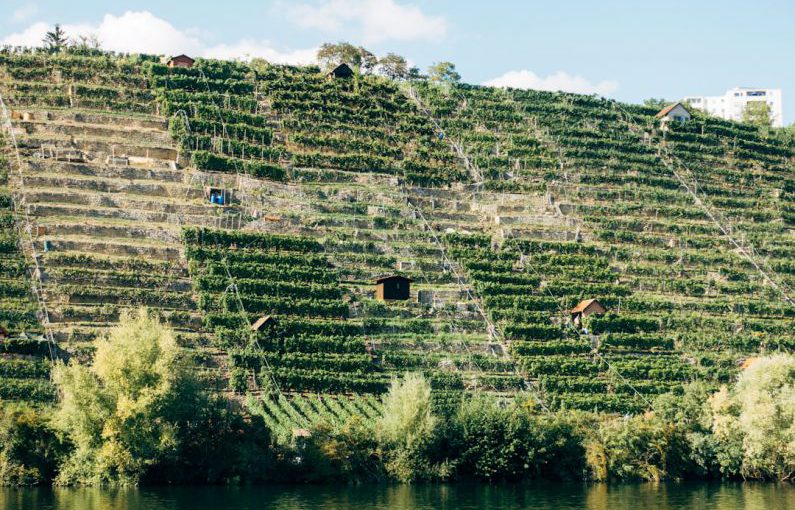Urban agriculture has undergone a transformative evolution with the emergence of vertical farming, a groundbreaking approach that is reshaping the way we grow food in cities. Traditional agricultural practices are no longer sufficient to meet the increasing demand for fresh produce in urban areas. As populations continue to grow and available land for farming diminishes, vertical farming has emerged as a sustainable solution to address food security challenges while minimizing environmental impact.
Maximizing Limited Space
One of the most significant advantages of vertical farming is its ability to maximize limited space in urban areas. By utilizing vertical space, crops can be grown in stacked layers, significantly increasing the yield per square foot compared to traditional horizontal farming methods. This vertical approach allows for the cultivation of a wide variety of crops in a smaller footprint, making it ideal for densely populated cities where land is scarce and expensive.
Resource Efficiency and Sustainability
Vertical farming is a model of resource efficiency and sustainability. By utilizing hydroponic or aeroponic systems, vertical farms require significantly less water than traditional soil-based farming, making them more environmentally friendly and reducing the strain on water resources. Additionally, the controlled indoor environment of vertical farms allows for year-round production, eliminating the impact of seasonal changes and adverse weather conditions on crop yields. This consistent production not only ensures a stable food supply but also reduces the need for long-distance transportation of produce, further lowering carbon emissions.
Enhancing Food Security
The ability of vertical farms to produce a high volume of fresh produce in urban areas has a direct impact on food security. By reducing the distance between the point of production and consumption, vertical farming helps ensure a more resilient and reliable food supply chain. This is especially crucial in urban areas that may be susceptible to disruptions in food distribution networks, such as during natural disasters or other emergencies. Vertical farming provides a local and sustainable source of fresh food, reducing dependency on imports and enhancing food security for urban populations.
Innovative Technology and Automation
Technology plays a pivotal role in the success of vertical farming. From advanced climate control systems to automated nutrient delivery mechanisms, vertical farms are equipped with cutting-edge technology that optimizes growing conditions and maximizes efficiency. These innovations not only improve crop quality and yield but also reduce labor costs and minimize the need for pesticides and herbicides, leading to healthier and more sustainable food production practices.
Community Engagement and Education
Vertical farming has the potential to engage and educate urban communities about sustainable food production practices. Many vertical farms are integrated into urban spaces such as schools, restaurants, and community centers, providing opportunities for hands-on learning and involvement in the food production process. By connecting urban residents with the source of their food, vertical farming promotes a greater appreciation for locally grown produce and encourages healthier eating habits. This direct engagement fosters a sense of community and empowerment, enhancing the overall well-being of urban populations.
A Sustainable Future for Urban Agriculture
The revolutionary impact of vertical farming in urban agriculture is undeniable. By reimagining traditional farming practices and embracing innovative technology, vertical farming offers a sustainable solution to the challenges of food security, resource scarcity, and environmental sustainability in urban areas. As the demand for fresh, locally grown produce continues to rise, vertical farming is poised to play a central role in shaping the future of urban agriculture, creating healthier, more resilient, and more sustainable communities.





